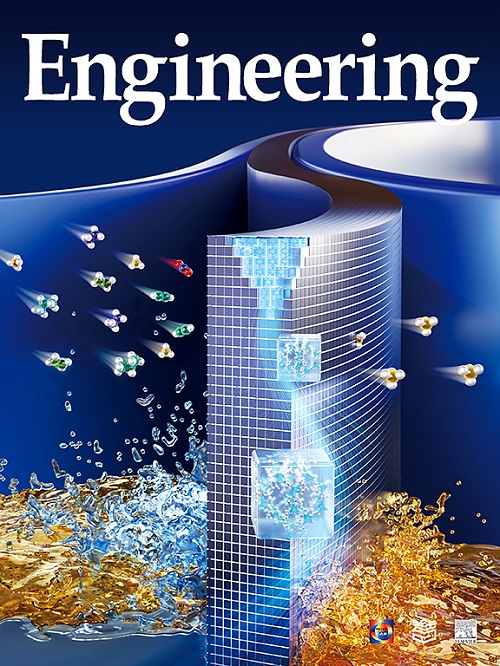Innovative Inverse-Design Approach for On-Chip Computational Spectrometers: Enhanced Performance and Reliability
IF 10.1
1区 工程技术
Q1 ENGINEERING, MULTIDISCIPLINARY
引用次数: 0
Abstract
Computational spectrometers utilizing disordered structures have emerged as promising solutions for meeting the imperative demand for integrated spectrometers, offering high performance and improved resilience to fabrication variations and temperature fluctuations. However, the current computational spectrometers are impractical because they rely on a brute-force random design approach for disordered structures. This leads to an uncontrollable, non-reproducible, and suboptimal spectrometer performance. In this study, we revolutionize the existing paradigm by introducing a novel inverse design approach for computational spectrometers. By harnessing the power of inverse design, which has traditionally been applied to optimize single devices with simple performance, we successfully adapted it to optimize a complex system comprising multiple correlated components with intricate spectral responses. This approach can be applied to a wide range of structures. We validated this by realizing a spectrometer utilizing a new type of disordered structure based on interferometric effects that exhibits negligible loss and high sensitivity. For a given structure, our approach yielded a remarkable 12-times improvement in the spectral resolution and a four-fold reduction in the cross-correlation between the filters. The resulting spectrometer demonstrated reliable and reproducible performance with the precise determination of structural parameters.
片上计算光谱仪的创新反设计方法:提高性能和可靠性
本文章由计算机程序翻译,如有差异,请以英文原文为准。
求助全文
约1分钟内获得全文
求助全文
来源期刊

Engineering
Environmental Science-Environmental Engineering
自引率
1.60%
发文量
335
审稿时长
35 days
期刊介绍:
Engineering, an international open-access journal initiated by the Chinese Academy of Engineering (CAE) in 2015, serves as a distinguished platform for disseminating cutting-edge advancements in engineering R&D, sharing major research outputs, and highlighting key achievements worldwide. The journal's objectives encompass reporting progress in engineering science, fostering discussions on hot topics, addressing areas of interest, challenges, and prospects in engineering development, while considering human and environmental well-being and ethics in engineering. It aims to inspire breakthroughs and innovations with profound economic and social significance, propelling them to advanced international standards and transforming them into a new productive force. Ultimately, this endeavor seeks to bring about positive changes globally, benefit humanity, and shape a new future.
 求助内容:
求助内容: 应助结果提醒方式:
应助结果提醒方式:


